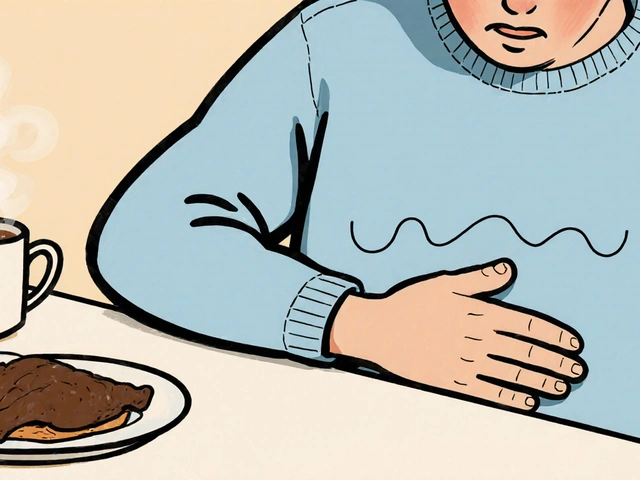NSAIDs: What They Do, When to Use Them, and How to Stay Safe
NSAIDs (nonsteroidal anti-inflammatory drugs) are the go-to for pain, fever, and inflammation. You probably know ibuprofen and naproxen from the store shelves and brands like Motrin or Aleve. Prescription NSAIDs like Celebrex or piroxicam do the same job but may be stronger or last longer. Use them short-term for injuries, headaches, or period pain. For chronic conditions like arthritis, doctors weigh benefits against long-term risks.
Common benefits and who they help
NSAIDs reduce pain and swelling by blocking enzymes that make inflammatory chemicals. That helps sore joints, muscle strains, menstrual cramps, and dental pain. If OTC options aren’t enough, your doctor might prescribe a stronger NSAID or a different formulation—Celebrex, for example, targets inflammation with fewer stomach effects for some people. If you’re treating a short flare, a few days of NSAIDs often works well.
Real risks and simple precautions
NSAIDs can upset the stomach, raise blood pressure, hurt the kidneys, and increase heart attack risk if used long-term. People over 65, those with heart disease, high blood pressure, kidney problems, or on blood thinners should be careful. Take NSAIDs with food to lower stomach upset. Don’t mix multiple NSAIDs at once (no ibuprofen plus naproxen). If you need daily pain control, ask your doctor about the safest option for you.
Watch for warning signs: black or bloody stools, sharp belly pain, shortness of breath, swelling in ankles, or a sudden drop in urine output. If any of those appear, stop the drug and call your doctor. Also stop and seek immediate help if you get chest pain or severe weakness—those could signal heart problems.
Drug interactions matter. NSAIDs can interact with blood thinners (making bleeding more likely), ACE inhibitors or ARBs (affecting kidneys and blood pressure), diuretics, and some antidepressants like SSRIs. If you take rivaroxaban or other anticoagulants, talk to your prescriber before using NSAIDs. Same if you use topical treatments—ask about safe combinations.
Looking for alternatives? For mild pain, acetaminophen can be gentler on the stomach but it won’t reduce inflammation. Topical NSAIDs (gels, creams) can work well for joint pain with fewer systemic effects. Physical therapy, ice or heat, and lifestyle changes often reduce the need for pills. For chronic cases, your doctor might suggest different drug classes or procedures.
If you need help choosing a product, or want more on specific drugs, check our practical articles: how to buy Motrin online, what to expect from Celebrex, and using piroxicam for arthritis. Ask your clinician if you’re unsure—this keeps treatment safe and effective.
Short rule of thumb: use the lowest effective dose for the shortest time, read labels, and consult your doctor if you have heart, kidney, or bleeding risks. That keeps NSAIDs useful without unnecessary harm.

Gout pain is brutal— burning, throbbing, and often waking you in the middle of the night. Diclofenac sodium is one NSAID doctors hand out for relief, but how well does it really work? This article breaks down how diclofenac targets pain and swelling in gout, what you should watch out for, and how to use it safely. You'll also find handy tips for better results and advice on talking to your doctor about using diclofenac when gout flares happen.
Continue Reading





